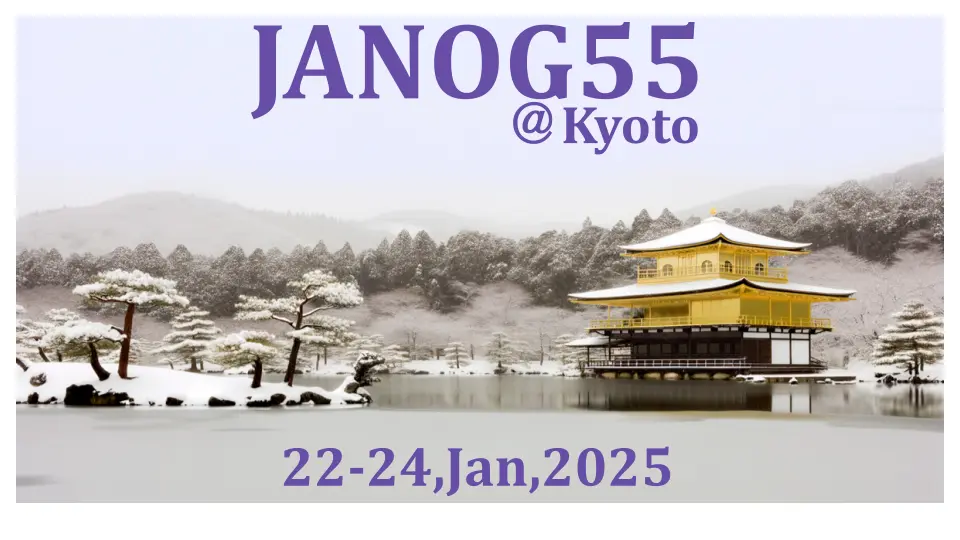- JANOG 55 featured discussions on network technology advancements and the future of Japan’s internet infrastructure.
- The event showcased solutions for growing connectivity demands and emerging challenges in a collaborative environment.
What happened: JANOG 55 comes together
The Japanese Network Operators’ Group (JANOG) successfully hosted its 55th conference, JANOG 55, in 2025, bringing together a diverse group of professionals to explore the latest trends and innovations in the networking sector.
The event, known for fostering collaboration and sharing insights, served as a key platform for engineers, researchers, and industry leaders to discuss advancements in internet technologies and the evolving challenges of maintaining and improving connectivity in Japan.
Over the course of the conference, participants delved into critical topics, such as optimising network infrastructure, incorporating artificial intelligence in network management, and addressing the growing demand for scalable, sustainable solutions. JANOG 55 also featured discussions on extending connectivity to underserved areas, reflecting the industry’s commitment to bridging the digital divide.
Why it’s important
A defining feature of JANOG 55 was its open discussion format, which encouraged active participation and the exchange of ideas among attendees. This collaborative approach led to the development of practical strategies and innovative solutions that are expected to impact Japan’s internet ecosystem in the years ahead.
The event also provided an opportunity for networking and professional development, solidifying its reputation as a must-attend gathering for those in the telecommunications and networking fields. Many attendees noted the value of the connections and insights gained during the conference.
JANOG 55 underscored the critical role of collaboration in navigating the rapidly changing digital landscape. By addressing both current challenges and future opportunities, the event continued JANOG’s legacy of driving innovation and enhancing Japan’s position in the global networking community.

